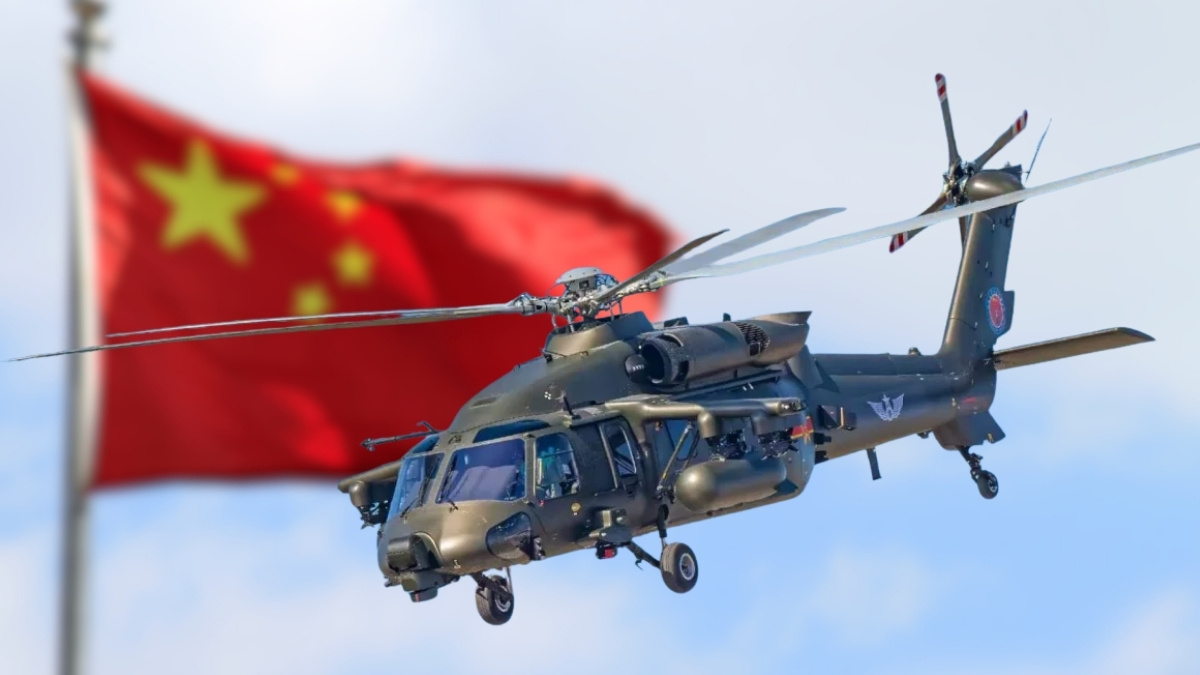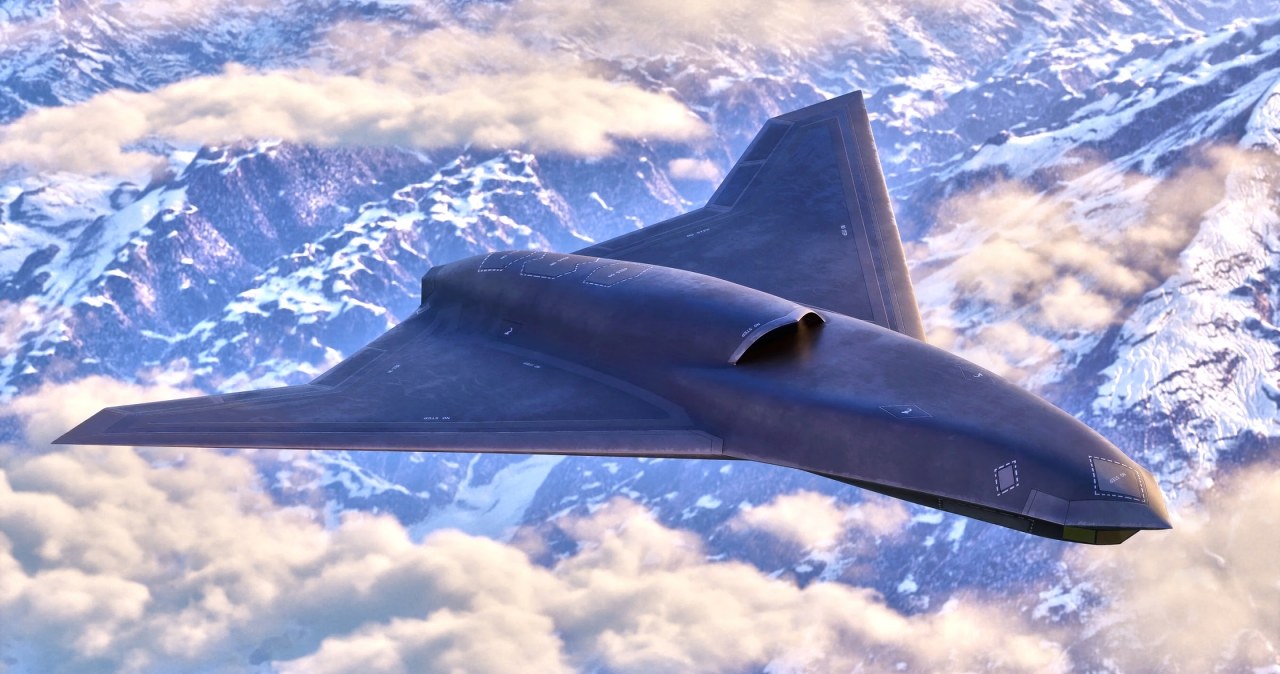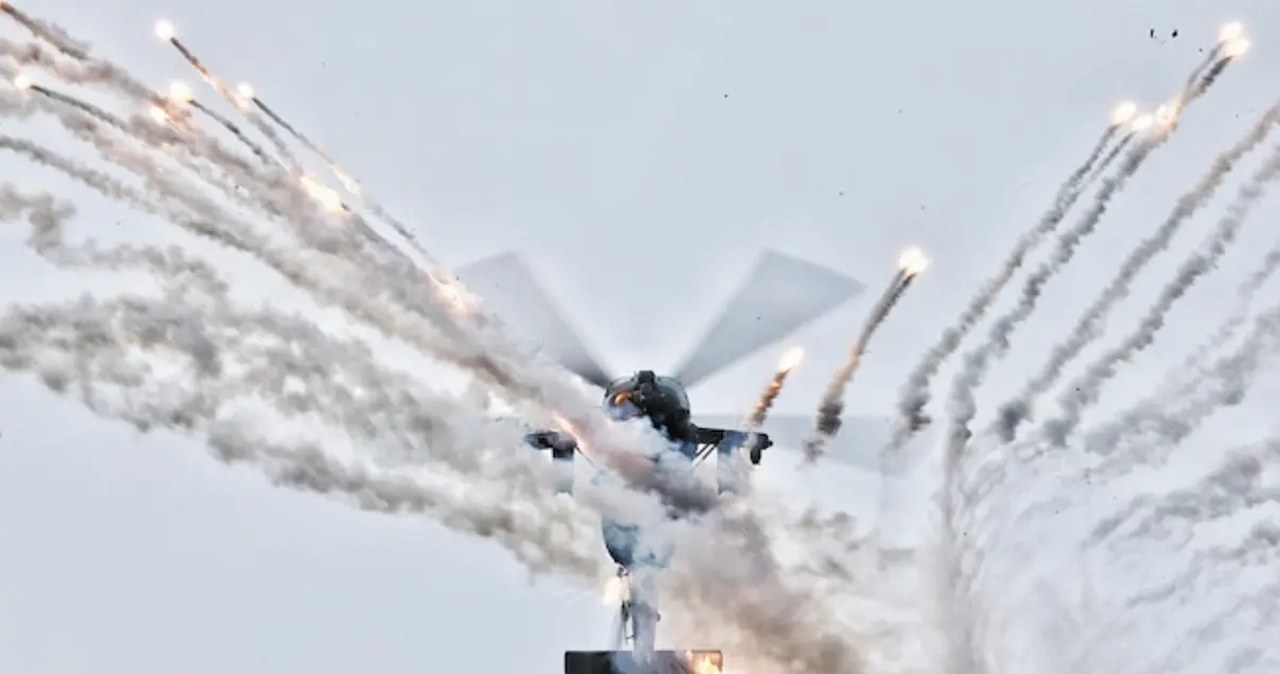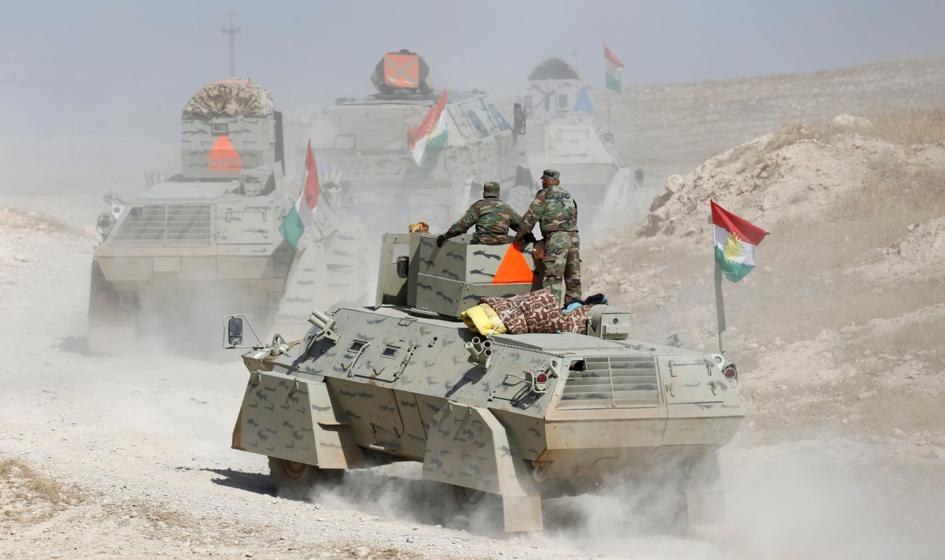
DOVER — The Lockheed C-5M Super Galaxy is a massive Cold War-era aircraft originally designed to counter Soviet threats with unparalleled airlift capabilities, and it still flies for the United States Air Force (USAF).
Born from a Cold War requirement for outsized cargo transport, the C-5 has evolved over more than five decades into a true workhorse. It is frequently deployed from major centres such as Dover Air Force Base (DOV) and Travis Air Force Base (SUU) and is supported by missions conducted by the USAF’s Air Mobility Command (AMC).
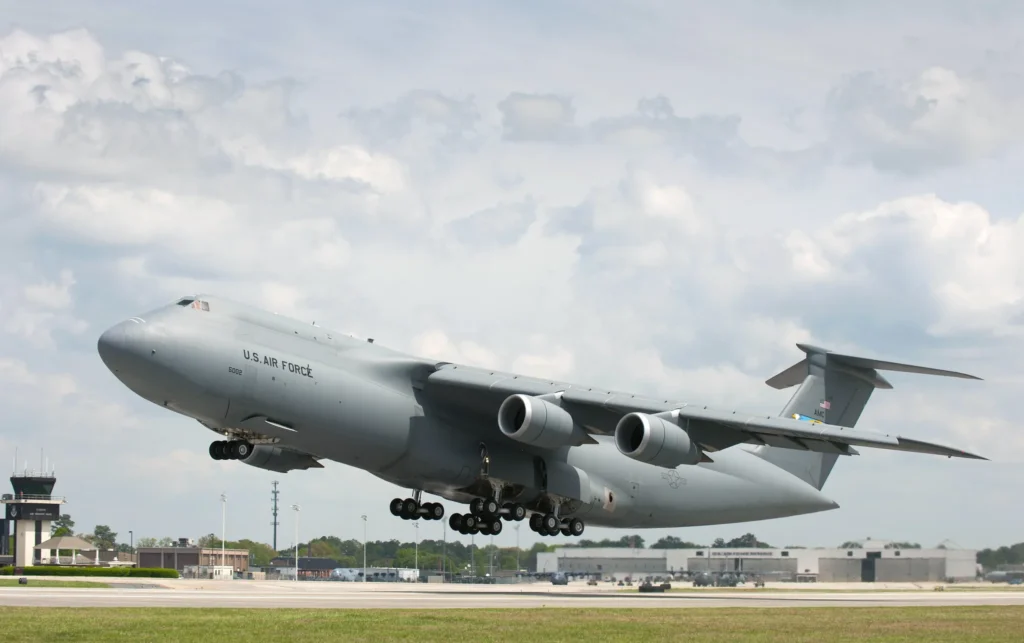 Photo: Lockheed Martin via flickr
Photo: Lockheed Martin via flickr Lockheed C-5 Galaxy’s Initial Challenges
Lockheed rolled out the first C-5A Galaxy to the 437th Airlift Wing at Charleston AFB in June 1970. The original C-5 entered USAF service amid engineering challenges that included wing cracks and weight growth.
Engineers responded with reinforced wing structures and revised materials, restoring full cargo capacity and extending airframe life. By March 1989, the USAF had received the final batch of 50 C-5B variants. These incorporated over one hundred system modifications to boost reliability and maintainability.
Lockheed delivered two C-5C aircraft in 1989 with special modifications for space shuttle components, featuring widened aft doors and redesigned bulkheads.
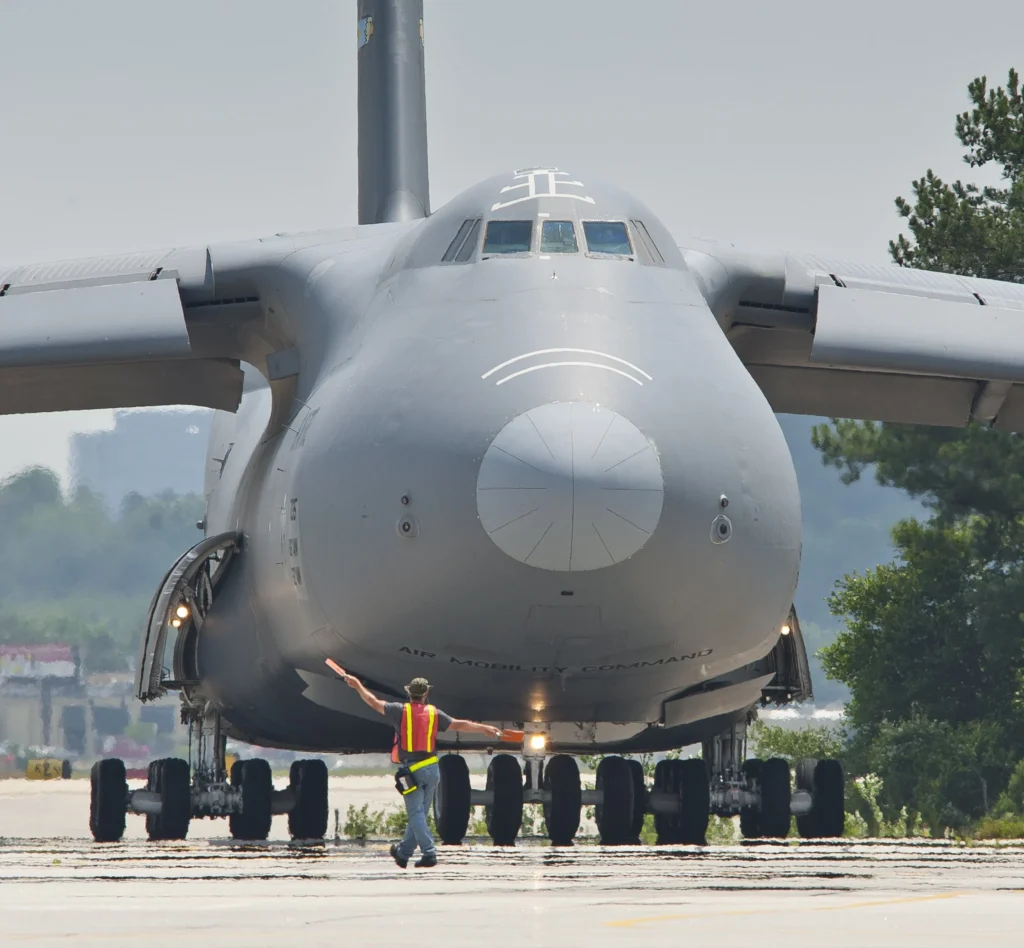 Photo: Lockheed Martin via flickr
Photo: Lockheed Martin via flickr Modernization Efforts Created The C-5M Super Galaxy
The USAF Air Mobility Command launched the Avionics Modernization Program (AMP) in 1998. It upgraded communications, navigation, and traffic-management systems, added flat-panel displays, and installed an advanced autopilot.
The Reliability Enhancement and Re-engining Program (RERP) followed in 2006, enhancing structural, cockpit, and landing gear systems. The AMP and REP programs of the USAF essentially created the C-5M Super Galaxy.
The aging TF-39 engines powering the older C-5 variants were replaced by four modern General Electric CF6-80C2-L1F turbofans, each producing 51,250 pounds of thrust. These newer engines shortened take-off rolls by 30 percent, boosted climb rates by 58 percent, and also increased payload-range performance.
Pilots and crews of the Lockheed C-5M rely on an onboard diagnostics system that samples more than 7,000 data points to expedite maintenance.
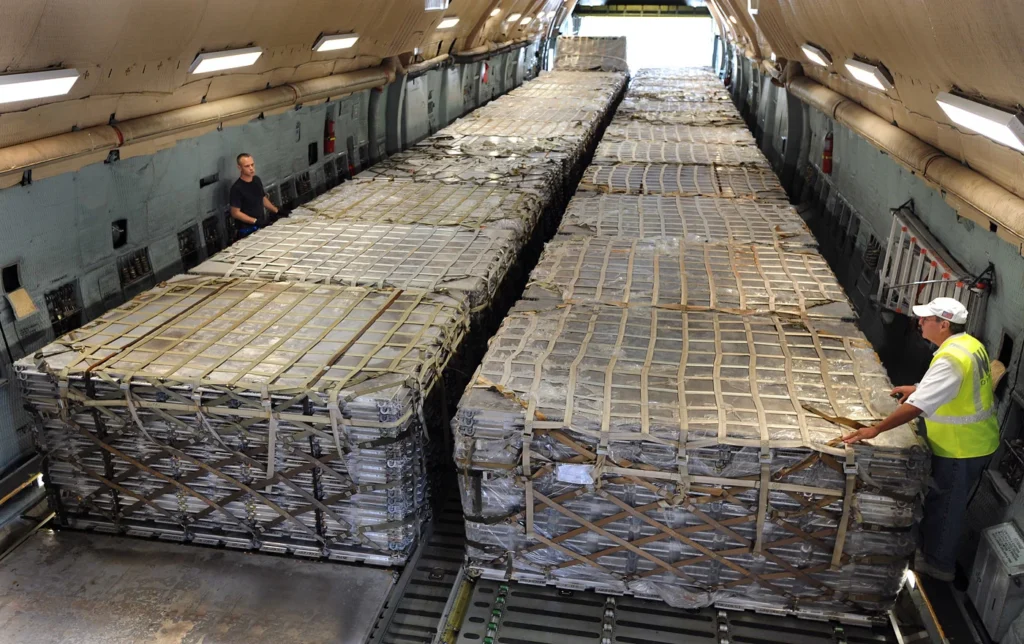 Photo: Lockheed Martin via flickr
Photo: Lockheed Martin via flickr World’s Most Powerful Air Force Flies The Lockheed C-5
The US Air Force flies the Lockheed C-5 from bases at Dover AFB Delaware, Travis AFB California, Lackland AFB Texas, and Westover Air Reserve Base Massachusetts.
A total of 52 C-5s form the backbone of the US Air Force’s strategic mobility, routinely supporting combat operations, humanitarian missions, and aeromedical evacuations.
Inside the cavernous cargo hold, the Super Galaxy can transport up to 36 standard 463L pallets or mix pallets with vehicles. The C5 can haul six MRAPs (Mine Resistant Ambush Protected) vehicles or five helicopters in a single sortie.
The floor-level kneeling gear feature lowers the cargo deck to truck-bed height, further streamlining loading operations. Inside the cavernous cargo hold, the C-5M Super Galaxy can transport up to 36 standard 463L pallets or mix pallets with vehicles.
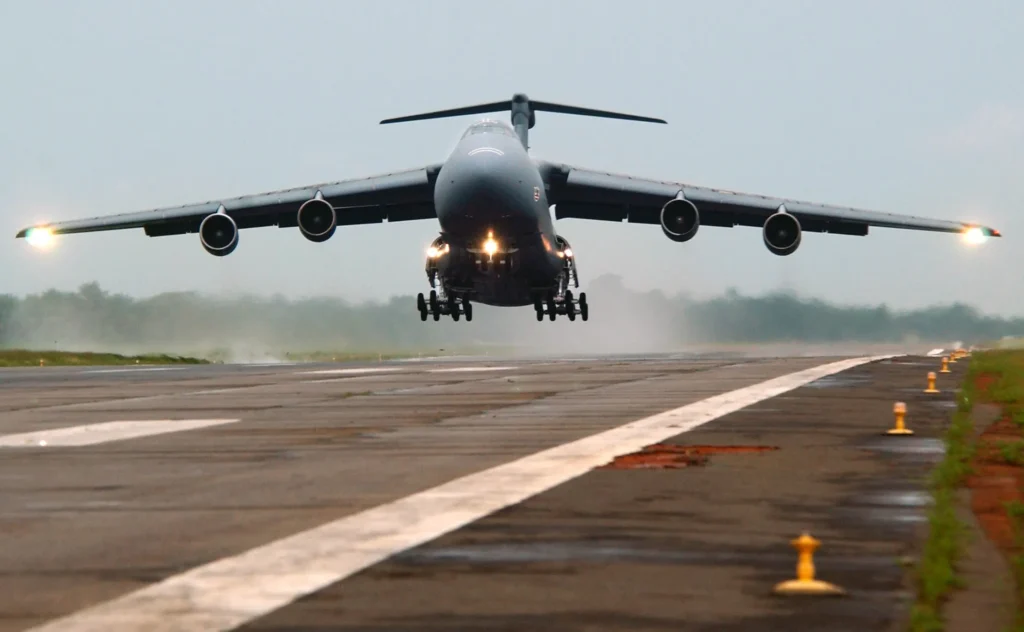 Photo: USAF
Photo: USAFOperational Performance Of The C-5M Super Galaxy
The C-5M Super Galaxy can carry cargo loads of 281,001 pounds (127,460 kilograms) and fly 2,150 nautical miles (3,982 kilometers) without requiring aerial refueling. After offloading, it can continue another 500 nautical miles (926 kilometers) to a second destination.
With aerial refueling, the aircraft extends its mission range beyond these distances. Its endurance then depends solely on the limits of crew duty hours.
The C-5M Super Galaxy is designed for rapid global deployment, with a maximum cruising speed of 518 miles per hour (832 kilometres per hour). According to estimates, the service ceiling of the Lockheed C-5 is FL350 or 35,000 feet.
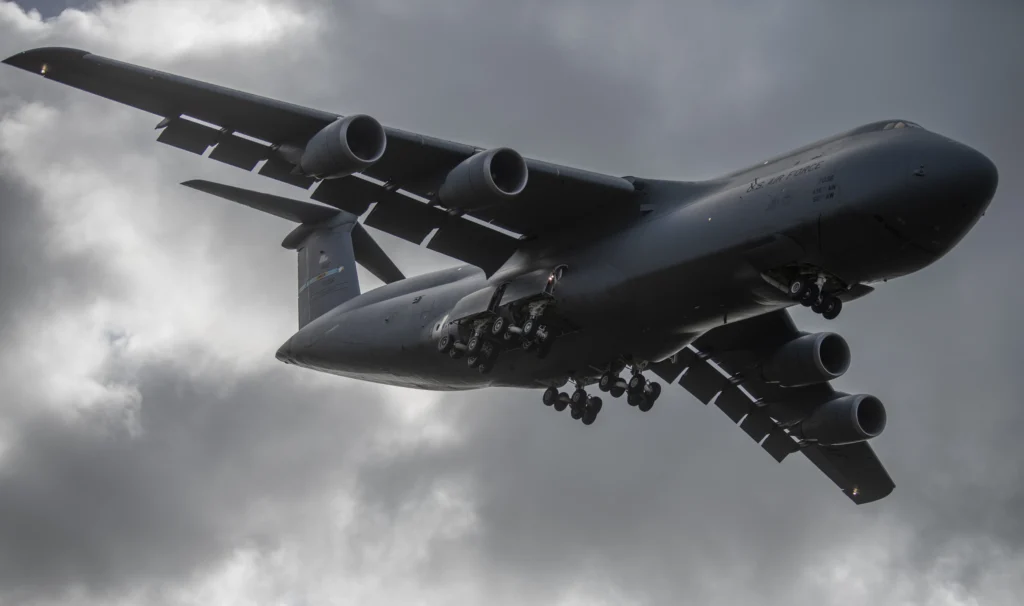 Photo: USAF
Photo: USAFLockheed C-5M Super Galaxy Technical Details
| Specification | |
| Power Plant | Four General Electric CF6‑80C2‑L1F turbofan engines |
| Thrust Per Engine | 51,250 pounds (23,247 kilograms) |
| Wingspan | 222 feet 9 inches (67.89 meters) |
| Length | 247 feet 10 inches (75.30 meters) |
| Height | 65 feet 1 inch (19.84 meters) |
| Cargo Compartment (L×W×H) | 143 ft 9 in × 19 ft × 13 ft 6 in (43.8 × 5.79 × 4.11 m) |
| Maximum Cargo Load | 281,001 pounds (127,460 kilograms) |
| Maximum Takeoff Weight | 840,000 pounds (381,024 kilograms) |
| Unrefueled Range | 4,800 nautical miles (8,890 kilometers) with 120,000 pounds of cargo |
| Crew | Pilot, co-pilot, two flight engineers, three loadmasters |
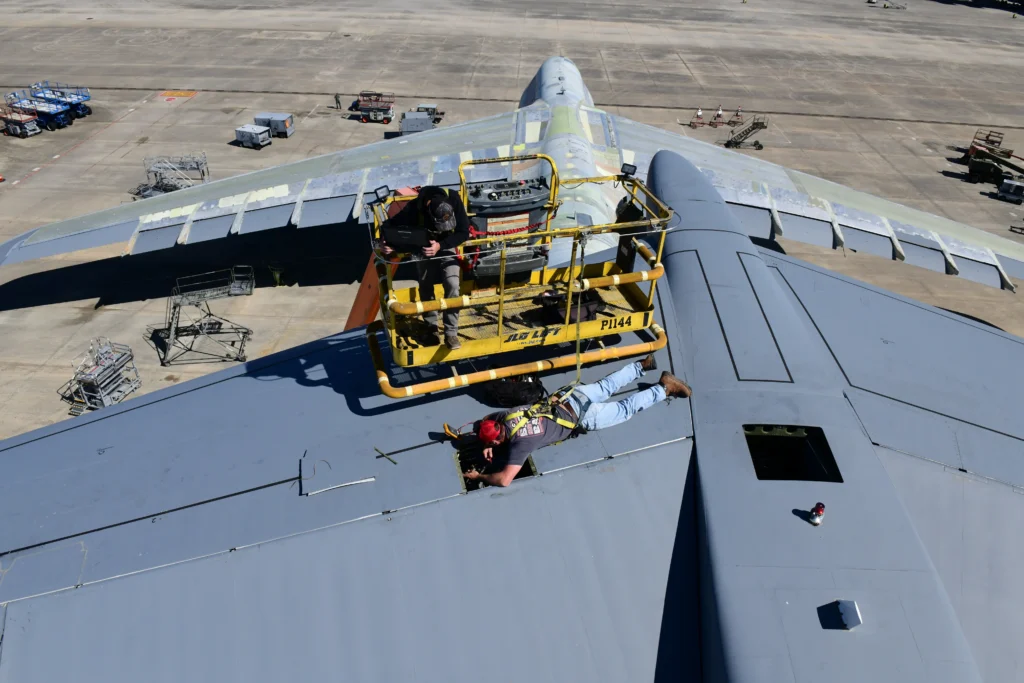 Photo: USAF
Photo: USAFAdaptive Logistics and Fuel Conservation
The US Air Force launched the Mobility Mission Linking (MML) program in 2012 to reduce transit inefficiencies. This initiative coordinated C-5 missions across global bases and significantly limited empty repositioning flights.
In its initial phase, MML saved over 349,000 gallons (approximately 1.32 million litres) of fuel. It also helped cut operational costs by $1.3 million while maintaining full mission readiness.
The United States Air Force now prioritizes adaptive logistics and fuel conservation. These efforts support sustained super-heavy lift operations, especially in environments where resources remain contested or limited.
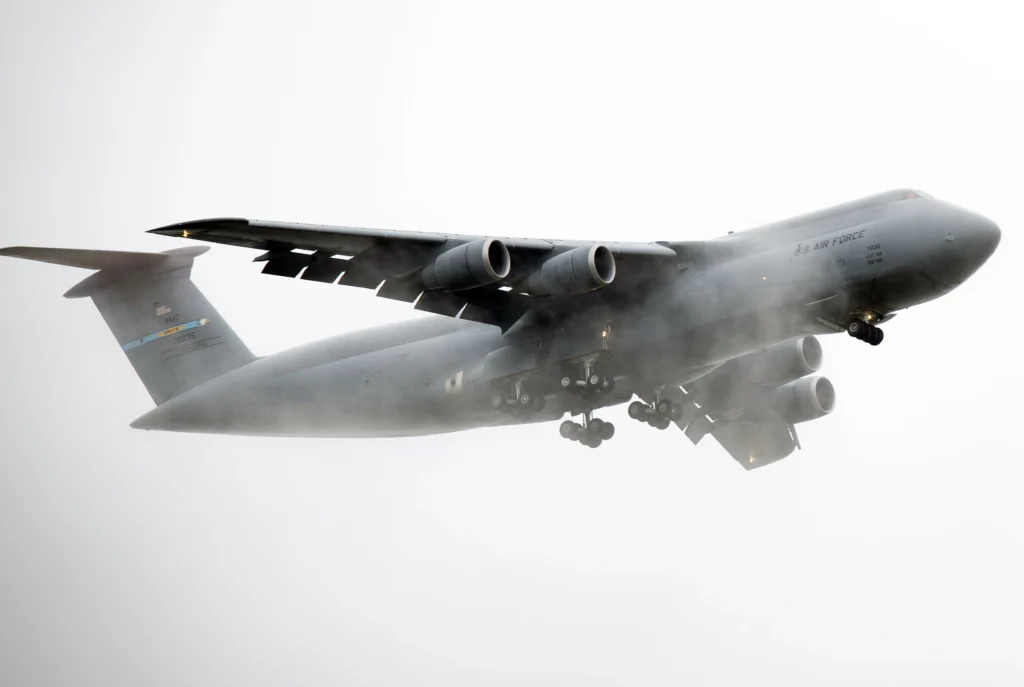 Photo: USAF
Photo: USAFFuture Outlook
US Air Mobility Command intends to introduce incremental upgrades to the C-5M fleet. Engineers will focus on avionics, weather radar, mission computing, and secure communications.
These upgrades will help the aircraft meet new air-traffic regulations and support survivability in high-threat environments. Command leaders believe these improvements will keep the C-5M Super Galaxy relevant until its planned retirement around 2040.
As global tensions shift and humanitarian crises emerge, the C-5M will maintain its strategic role. Its mix of lift capacity, reliability, and long-range endurance ensures it remains the backbone of the USAF’s air mobility wing.
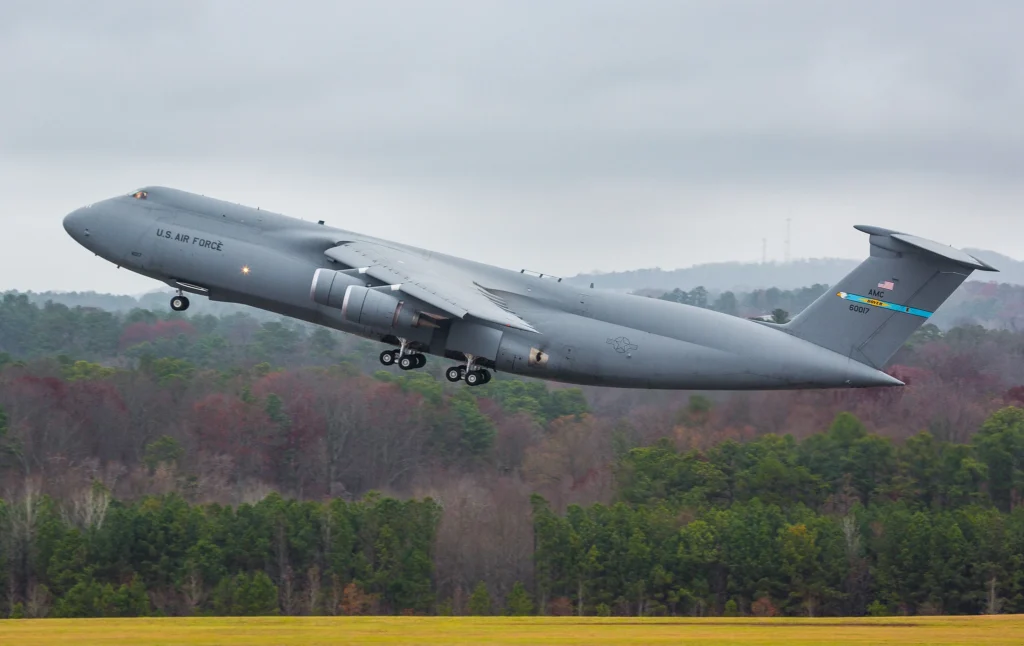 Photo: Lockheed Martin via flickr
Photo: Lockheed Martin via flickr Peerless Present, Uncertain Future
No active military aircraft in the USAF’s fleet matches the Lockheed C-5M Super Galaxy in terms of payload capacity and global reach. The US Air Force operates its full fleet of 52 C-5Ms in order to meet regular mission requirements.
The Antonov An-225 once held the world record for airlift capability globally, but it was destroyed in Ukraine in 2022. While the An-124 is officially the world’s largest operational military transport aircraft, it is not available to the US military.
The Lockheed C-5M crews, therefore, deliver combat equipment to forward bases and support humanitarian operations across continents. They also transport oversized scientific instruments and critical supplies to remote or high-risk locations.
By continuously modernizing its systems and engines, the USAF ensures the Super Galaxy remains mission-ready. The aircraft plays a critical role in sustaining America’s global military reach in an era of shifting threats.
H/T: Simple Flying
Stay tuned with us. Further, follow us on social media for the latest updates.
Join us on Telegram Group for the Latest Aviation Updates. Subsequently, follow us on Google News
Top 10 Largest Air Force Bases by Area in the World in 2025
The post Largest Military Aircraft in the US Air Force in 2025 appeared first on Aviation A2Z.




